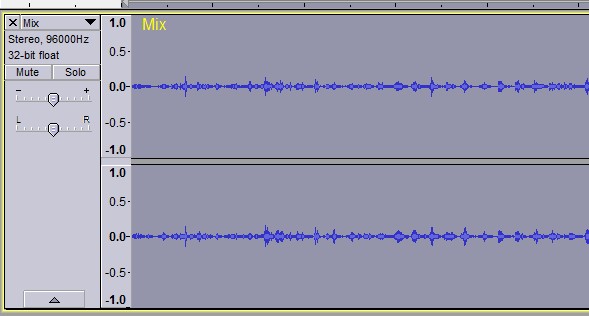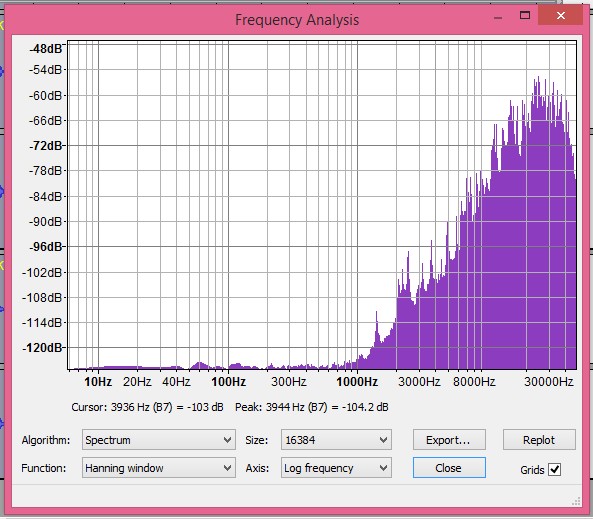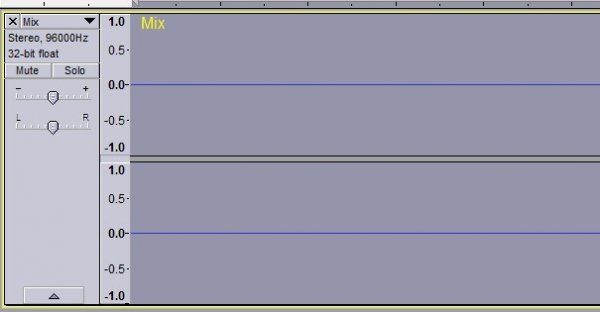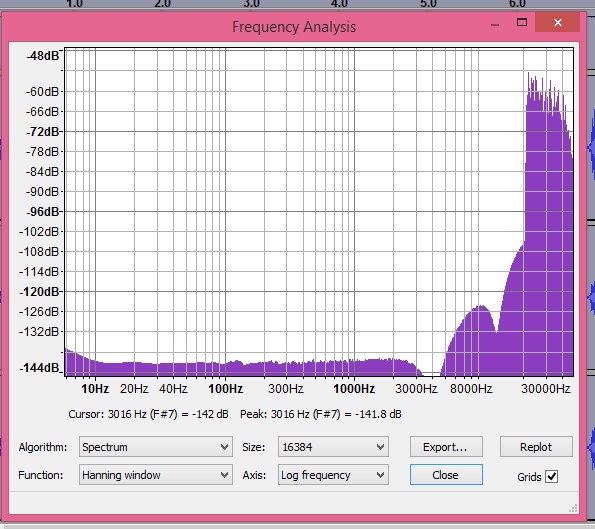There doesn't appear to be a drift. There may be a tiny sub-sample time shift though I think not. Maybe some resampler software also has that side effect. Sox doesn't shift timing or level.
A drift would not be due to different computers unless you sent the resampled file through an AD/DA stage. If the AD and DA were using separate clocks you would get a timing drift between them. If the AD and DA used the same clock or were clock locked you would get a simple timing shift from source file to copy. If you used a one meter cable for instance the shift would be roughly in the range of a nanosecond which would show up in the residuals quite clearly. Clock drift in the items I have checked it on usually is in the low parts per million range.
It was my understanding Arny did his resampling digitally so changing computers should have no effect. Changing software however would.
I
posted this in reply to you earlier in the thread
"Yes, running through Audio Diffmaker shows an offset of 13.53usec between Arny's 24/96 & the downsampled tracks. This is the equivalent of about half a sample - I doubt that it's audible although I do know that the just noticeable Interaural time difference is around 4usecs. But what we're talking about here is a shift of both stereo channels by 13.53usecs, not shifting one of the stereo channels. "
"- one other thing is that there seems to be timing drift between the files which if not turned on in Diffmaker gives a much worse null of -30dB or so"
Do both of these factors explain the difference in the graphs that you have shown?
Would these differences would be audible?
- a half sample offset of the resampled file
- a timing drift between the two files
Anyone can prove this for themselves:
- download Dfiffmaker
- run a difference between ArnyK's 24/96 file & his downsampled 16/44 file
- do it with different settings in Diffmaker "enable time alignment" turned on & again with it turned off
- compare the nulling values between these two runs
For further checking
- There are intermediate files created by Diffmaker which are the aligned versions of the 16/44 file
- bring that into Adobe Audition & null it against the original 24/96 file
- you will see that if you skip the first 0.187 seconds of the file (some Diffmaker glitch in the aligned file), the nulling is around -100dB for all frequencies <20KHz
- this might be about 10dB worse than the nulling you get when you run resampling using a modern resampler
- Did ArnyK's report that there is a 0.2dB difference between the original file & downsampled files & would this explain the 10dB null diff?










